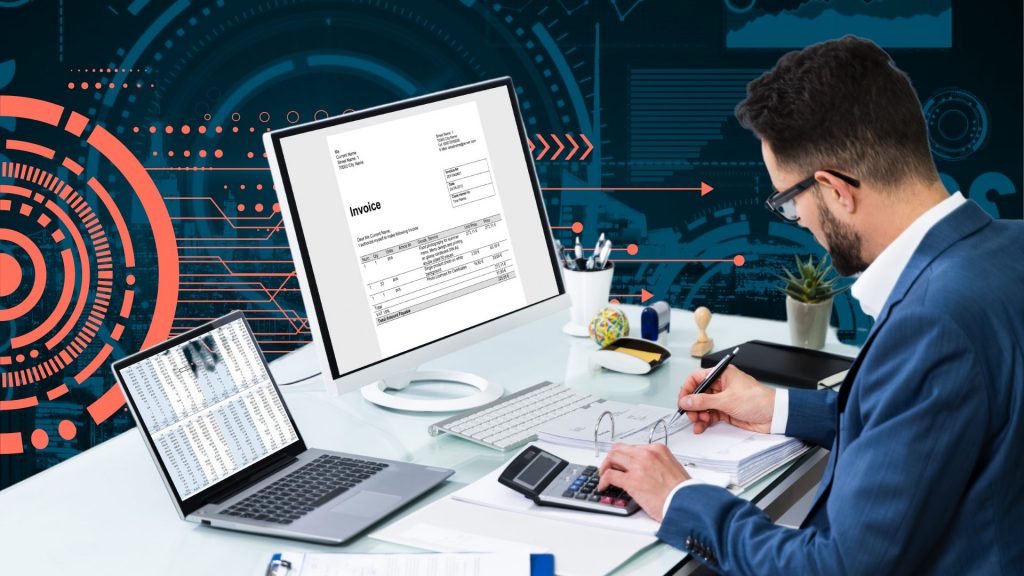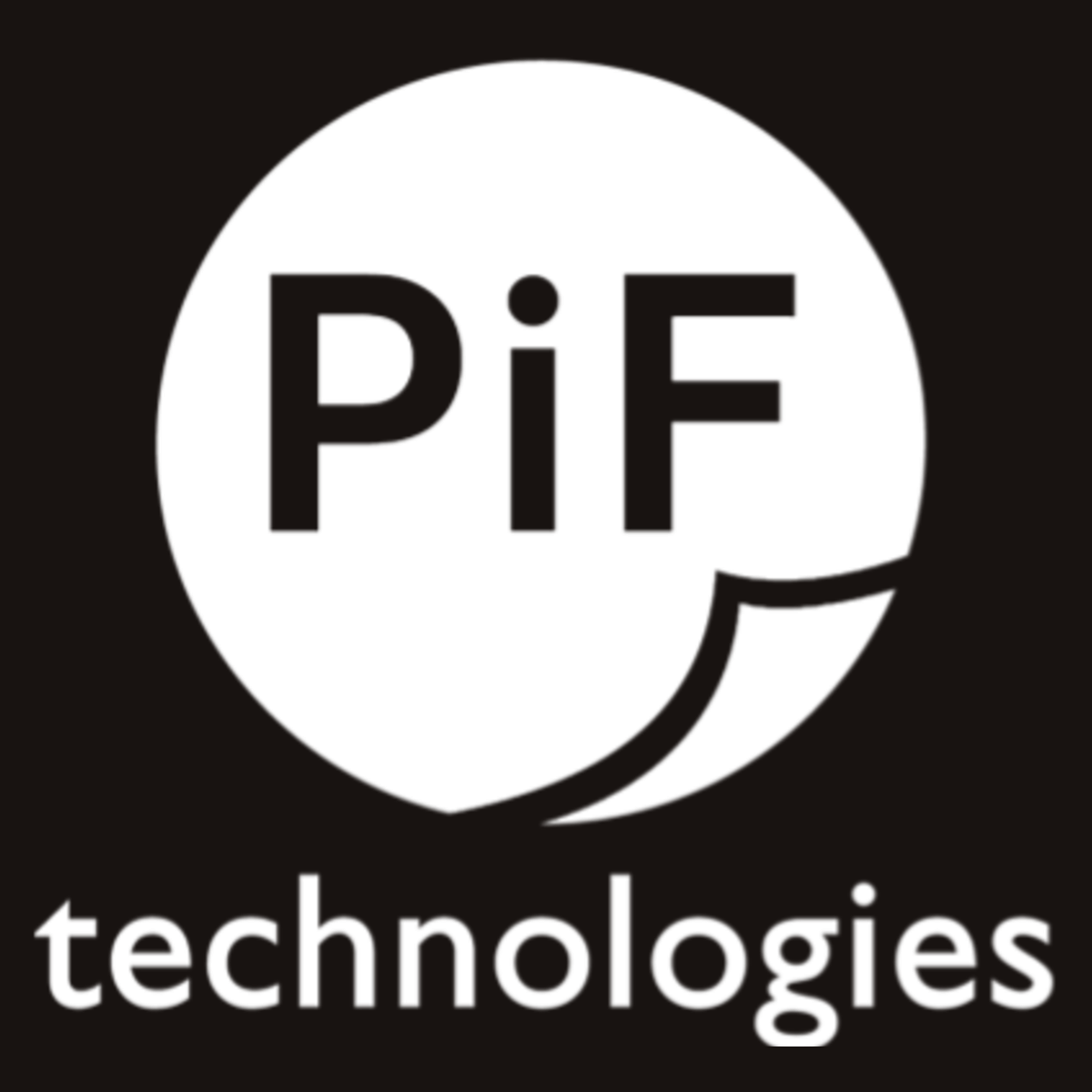Heading back to school means heading back to the various paper processes that every parent, teacher, and administrator work with each day. Dozens of everyday processes involving students, parents, and faculty, like Enrollment forms, Individualized Education Plans (IEPs), 504 Plans, Permission Slips, Employee Contracts, Extracurricular Sign-Ups, and others take time to manually complete and ultimately involve piles of paper. Back office operations completed by administrators within finance and other business departments also rely heavily on manual paper processes.
A challenge often faced by schools and higher education institutions alike is where is all this paper stored? With certain documentation needing to be stored indefinitely, files can very quickly pile up, and without a complete system to manage these documents, organizations are left with files shoved into cabinets and stored away for years in dark, wet, basements or dusty old closets.
Increased regulations surrounding state and federal data privacy laws have led to more schools seeking out ways to securely store documents. Student and staff information may unintentionally get mixed up with business documents, and overall staff spends far too much time storing and searching for records.
While these outdated methods may seem like an okay solution because “it’s always been done this way,” by choosing to not upgrade your processes you burden your staff with excess work and risk your students’ privacy by keeping their data vulnerable. How can you improve processes at your school while improving security? Automation by way of Document Management, Electronic Forms, and Accounts Payable Automation is the solution.
Document Management for secure Student Records
Common processes within educational institutions produce an excess of paper. Student records and other documents are stored in filing cabinets, boxes, or digitally on multiple computers or hard drives. There’s an inherent risk associated with storing sensitive documents on paper, flood, fire, or other natural disaster can completely eradicate years of documentation in a matter of moments. Document Management plays a crucial role in enhancing efficiency and organization within educational institutions, including public and private schools, colleges, and universities. By implementing effective Document Management systems, these institutions can secure important records, streamline their administrative processes, improve collaboration among staff and students, and ultimately enhance the overall learning experience.
Document Management or Enterprise Content Management (ECM) is a digital repository that allows you to import, capture, retrieve, and store documents digitally in a central location. It’s easier to use and far more secure than Google Drive, Microsoft Sharepoint, or other free filing sharing sites. Within educational institutions, Document Management enables efficient storage, retrieval, and sharing of important documents such as student records, administrative forms, business office documents, and academic materials. Documents are accessible to the right people, in the right place, at the right time, reducing the time spent searching for documents and minimizing the risk of data loss.
For entire school districts, or colleges or universities with multiple campuses, collaboration can sometimes prove to be difficult, especially when documents need to be reviewed by multiple people. With a centralized document management system, teams can collaborate in real time, make edits, and provide feedback, leading to smoother workflows and improved communication.
Possibly most importantly, Document Management systems promote data security and compliance. As the threat of cyber attacks and data breaches grow, organizations across all verticals need to be vigilant and protect their data. Educational institutions in particular should prioritize protecting sensitive student and staff information from getting breached or compromised. A true Document Management system offers features like user authentication, access controls, and encryption, ensuring that only authorized individuals can access confidential documents. Additionally, institutions can maintain compliance with data protection regulations by easily tracking document versions and maintaining proper audit trails.
The implementation of a robust Document Management system, especially as a part of a larger focus on institution-wide automation, can revolutionize administrative processes within schools, colleges, and universities. By embracing modern document management solutions, educational institutions can focus more on their core mission of providing quality education while enjoying the benefits of an efficient and sustainable administrative framework.
Electronic Forms to easily collect student and staff information
Just about every school has dozens and dozens of forms completed both internally and externally. When common forms, such as Student Registration or hiring/onboarding require the same information, typically those completing the form need to fill out the same information over and over again. As a result, this means any time these forms need to be entered into digital systems (like PowerSchool, Blackbaud, or others), staff needs to enter the same information over and over again. Handwriting can be difficult to read and missing information can be hard to hunt down when your staff is running around departments or calling parents. It’s an inefficient process and there’s a better way to capture this information.
Electronic Forms offer invaluable benefits by streamlining those various processes that were once completed manually, as well as enhancing communication. They can be used in admissions and registration, Special Education forms such as IEPs, 504 plans, and more. How can Electronic Forms specifically benefit Special Education Departments?
1. Efficient Data Collection and Management: Special education departments deal with a plethora of student information, Individualized Education Plans (IEPs), assessments, and progress reports. Digital Electronic Forms allow educators to collect, organize, and store this data easily. This eliminates the need for manual paperwork, reducing the chances of errors and making it easier to track and access important information.
2. Customized Individualized Education Plans (IEPs): Individualized Education Plans are central to special education. Digital forms enable educators to create and update IEPs more efficiently. Templates can be designed to gather specific information about a student’s needs, goals, accommodations, and progress. This customization ensures that each student’s unique requirements are met effectively.
3. Collaboration and Communication: Special education involves collaboration among various stakeholders, including teachers, parents, therapists, and administrators. Web forms facilitate seamless communication by enabling these parties to share information, provide updates, and exchange feedback in real-time. This enhances the overall support system for students with special needs.
4. Progress Monitoring and Reporting: Digital forms can be utilized to track and report on students’ progress much easier than paper. Teachers can input assessment results and observations, which are then easily accessible for staff as well as parents and the student.
5. Parental Involvement: Electronic Forms make it much easier to allow parents to actively participate in their child’s education. By offloading some of the work parents need to complete in order to get their child’s needs met, they are able to prioritize communication and their child’s success. Because data is digitally accessible, it fosters a collaborative relationship between educators and parents.
6. Accessibility and Inclusivity: Digital forms can be designed to be accessible to individuals with various disabilities. This ensures that all stakeholders, including students with disabilities, can easily interact with and complete forms. Features like screen readers, larger fonts, and contrast options can be utilized to give Special Education students access to forms that previously may have been inaccessible.
An additional use case of Electronic Forms in educational settings is admissions and student registration. Schools, colleges, and universities often handle a large volume of applications, ranging from prospective students to faculty positions. By implementing online digital forms, institutions can simplify the application process, eliminate the need for physical paperwork, and accelerate the review process. This not only saves time for both applicants and administrative staff but also ensures accurate data collection, reducing the risk of errors.
Electronic Forms eliminate the need for manual data entry, reduce the risk of errors, and save valuable time and resources. These forms also enhance accessibility, as users can access and fill them out from anywhere with an internet connection. By investing in Electronic Forms, you can eliminate the need for paper forms entirely and allow common forms to be completed digitally and directly imported, and organized in your Enterprise Content Management system.
Accounts Payable Automation for simplifying back-office operations
Streamline and automate accounts payable processes in your business office with Accounts Payable (AP) Automation. Decrease invoice processing costs and time, reduce delays in approvals, capture more early payment discounts, avoid late payment penalties and interest and improve visibility over cash flow and liabilities.
1. Invoice Processing: Educational institutions receive a multitude of invoices from vendors, suppliers, and service providers. Accounts Payable Automation streamlines the invoice processing workflow by digitizing incoming invoices, extracting relevant data, and automatically matching them with purchase orders and receipts. This reduces manual data entry, minimizes errors, and accelerates the approval process.
2. Streamlined Workflows: With automation, institutions can establish predefined approval workflows. This means invoices can be routed to the appropriate departments or individuals for review and approval. Automated notifications and reminders ensure timely processing, reducing bottlenecks and late payments.
3. Data Accuracy and Compliance: Manual data entry is prone to errors. Automation ensures accuracy by automatically populating data fields and performing data validation. This helps institutions maintain compliance with financial regulations and internal policies.
4. Audit Trail and Reporting: Accounts Payable Automation allows educational institutions to maintain a detailed audit trail of all transactions and activities. This is invaluable during audits or financial reviews, as it provides a transparent record of all Accounts Payable processes.
5. Cost Savings: Automation reduces the time and effort spent on manual tasks, leading to cost savings in terms of labor and resources. Late payment fees can also be minimized due to improved efficiency.
6. Document Storage and Retrieval: All invoices and related documents can be stored electronically in a centralized Document Management system that is accessible across an entire school district or multiple campuses.
7. Integration with Financial Systems: Accounts payable automation can integrate seamlessly with existing financial management systems used by educational institutions. This ensures data consistency across different departments and processes.
By implementing accounts payable automation, schools, colleges, and universities can optimize their financial operations, reduce manual effort, enhance accuracy, and improve the overall financial management process. This allows educational institutions to allocate more resources to their core mission of providing quality education and serving their students, staff, faculty, and community.
Next steps for Implementing Automation
Incorporating the right mix of Document Management, Electronic Forms, and Accounts Payable Automation can revolutionize the administrative landscape of schools, colleges, and universities. By embracing these modern solutions, educational institutions can streamline their operations, enhance collaboration, and achieve higher levels of efficiency and accuracy. To embark on this transformative journey, the first step is assessing your institution’s unique needs and challenges. By identifying the key processes that can benefit from automation, such as admissions, student records, vendor payments, and more, you can best understand how to pursue a solution.
PiF Technologies has extensive experience implementing customized solutions for school districts, private schools, colleges, and universities. We know the unique challenges faced in this vertical and can work with you through each step of implementation.
Want to take the next step towards automating? Complete the contact form below and we’ll be in touch.








